January planning
January was always my favourite part of the academic calendar for many reasons. In my department, we had year long courses out of synch with the rest of the University. This meant when everyone else was toiling with grading and exams, we were blissfully free of student responsibilities for most of this month. January was a time to think, to plan and to connect with my inner control freak, relatively free of grinding administration. I like to plan. I am a planner by nature. But, I was not a very good planner. I planned, in the sense that I listed my (writing) goals for the year, but this was honestly more akin to a wish list rather than a plan of action.
The science of planning
In Atomic Habits, James Clear talks about planning as ‘motion’. We feel as though we are moving forward by planning, but in actual fact, this is illusory. Listing goals gets us precisely nowhere - as he rather bluntly puts it, winners and losers all have the same goals. To win. Planning as motion is not enough, but rather we need to move from motion to action. What kind of planning does that take? In fact, does the action take place through planning, or is it separate and unconnected? I was pondering these thoughts in preparation for the usual January planning workshop and realised that I would radically alter the way in which I talk about planning from now on.
Planning is important, and it is the bedrock of a good writing habit. I love planning. But there are plans, and there are PLANS.
From motion to action
If you have made many a plan in January, for it all to go to hell by March, I see you. Planning is neither is a magic bullet (alone), nor is it a straightjacket . It will not solve your problems nor will it keep you rigidly to a path that can never change. Anti-planners have many reasons they don’t plan - it doesn’t work out, it doesn’t feel good, other people ruin them, I fail at my plans, and so on. This negative self talk is already defeating the aim of planning, which is to provide a guide, a roadmap, not a prison.
I have talked before about understanding your own psychology when it comes to planning. Are you the type to shoot for moon and settle for the stars, or are you the type that wants - at all costs - to feel successful? If you are the former, plans are stretching and ambitious, but it doesn’t matter if you don’t execute all of them. If you are the latter, any type of miss or failure will derail your entire year, therefore your plans are more modest, reasonable, doable, achievable. When failure is derailing, rather than a positive learning experience that is the inevitable result of aiming high, it is better to set your sights lower and enjoy some positive reinforcement of the things your do achieve.
Planning starts from a place of hope, and that is a good thing. This is the place of motion. What we want to do is move it to a place of action, where things actually happen. There is a whole bunch of work - some of it quite deep - to understand how we move ourselves from motion to action through planning, but it begins with understanding how we have framed our core identity and belief systems so that we can work with rather than against them.
If you would like to get better at planning your publications, you can join us in Activate your Publication Pipeline where I help you construct a meaningful publication pipeline and then for 12 months I support you in implementing that plan.
If you want to plan alone, and move from motion to action, ask yourself this: what part of your core identity are these plans going to work with, or against? Changing belief systems is hard, an understanding which belief systems routinely derail your plans is even harder, but this core work is crucial if you are going to make plans that stick.






